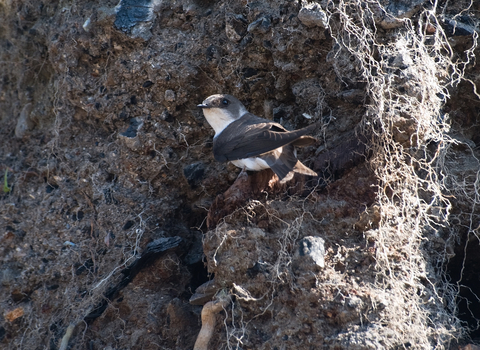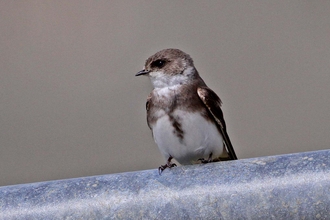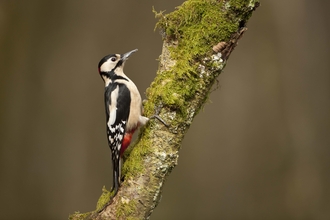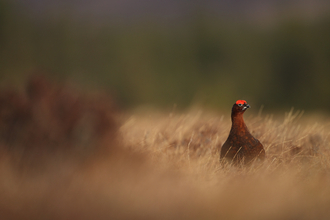Sand martins
Having wintered south of the Sahara, these tiny fliers cross desert and sea, arriving on our shores by early March; one of the first summer migrants to return. The sight of a sand martin flying over the gravel pits and rivers, and the sound of their buzzing calls is one of the first signs of the spring. Nesting in burrows excavated in sandy banks and cliffs, they form dense colonies while they raise their young, feeding them on tiny flying insects. By the end of the summer, the young birds have fledged and the sand martins gather together with other swallows and martins, ready to make the journey back south again for the winter.
Throughout the spring, colonies will be abuzz with the comings and goings of sand martins as they raise their young, feeding them on tiny flying insects like gnats and mosquitoes caught by adults hunting on the wing
Find sand martins
Several Wildlife Trusts have built artificial nesting cliffs on their reserves to encourage sand martins to nest. The excavated sand mountain at Wood Lane, Shropshire is a fantastic nesting place for sand martins, with up to 500 pairs nesting each year.
- Cambridgeshire, Grafham Water
- Denbighshire, Gors Maen Llwyd (Llyn Brenig)
- Lincolnshire, Deeping Lakes
- Lincolnshire, Far Ings
- Lincolnshire, Whisby Nature Park
- Nottinghamshire, Attenborough
- Rutland, Rutland Water Egleton Reserve
- Yorkshire, North Cave Wetlands
- Yorkshire, Staveley
How to do it
Sand martins are easily recognised by the combination of pale brown upperparts with white underparts and an obvious brown chest band. House martins and swallows are both glossy blue-black above and don’t have the chest band.
If you can't get there
Sand martins are common birds throughout the country. Look for them around gravel pits, reservoirs and large rivers.
More wildlife experiences
From seeing colourful wildflowers to spotting magnificent birds of prey, we can help you get closer to wildlife across the UK.







